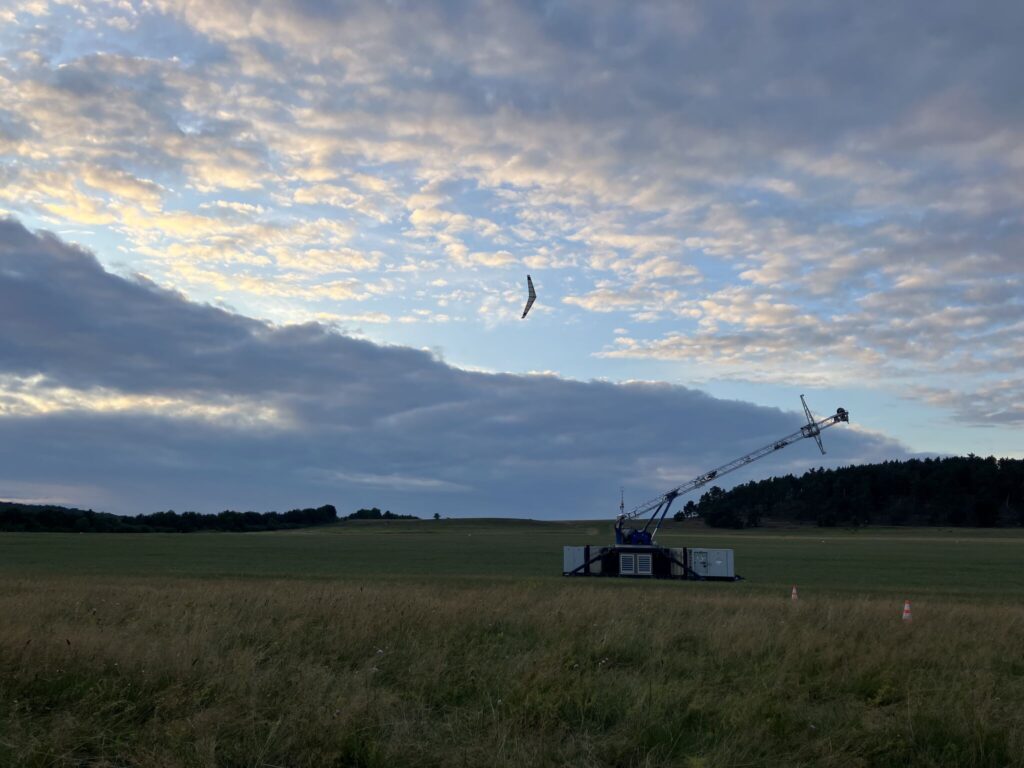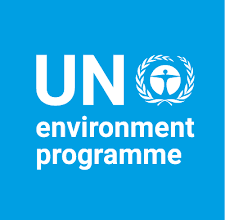Airborne Wind Energytakes centre stage as clean power solution

By Samuel Ogunsona
As the world gathers at COP30 to discuss scaling up clean energy solutions, a innovative European technology, Airborne Wind Energy, is taking center stage.
This emerging industry harnesses the power of kites and drones to capture high-altitude winds, offering a game-changing alternative to traditional wind energy harvesting methods.

The system uses tethered flying devices to tap into powerful and consistent winds at altitudes of up to 800 meters, significantly reducing material use and environmental impact.
According to Kristian Petrick, Secretary General of Airborne Wind Europe, who spoke to Irohinodua via mail said, “Airborne Wind Energy can play a meaningful role in diversifying the global renewable energy portfolio.
“By accessing stronger, higher-altitude winds with far fewer materials, AWE offers higher capacity factors, lower land and material use, and deployment in areas unsuitable for traditional wind.”
The AWE industry is already making strides, with companies like SkySails and EnerKíte (Germany) developing 100-200 kW systems that are competitive with diesel energy.
Kitepower (Netherlands) has created a kite-driven battery system that powers a major construction site.
These innovations demonstrate the potential of AWE to deliver clean power in remote or island regions where traditional wind energy isn’t feasible.
Petrick also highlights the benefits of AWE, saying, “By accessing stronger, higher-altitude winds with far fewer materials, AWE offers higher capacity factors, lower land and material use, and deployment in areas unsuitable for traditional wind.”
He adds that AWE can contribute to the global push towards a low-carbon economy by unlocking new wind resources, enabling sustainable electrification in remote regions, and promoting modular and mobile energy systems.
The AWE community is working together to address challenges such as certification and regulatory frameworks, public acceptance and safety validation, investment readiness, infrastructure and grid integration, and technical reliability.
Petrick emphasizes that these challenges can be overcome through joint research, standardization efforts, collaboration with aviation authorities, and increased demonstrations and EU-funded projects.
AWE is poised to play a significant role with its potential cut material use by up to 90% offering a promising solution for reducing the environmental impact of energy production.
“AWE can help accelerate the energy transition by unlocking new wind resources, enabling sustainable electrification in remote regions, and contributing to the global push towards a low-carbon economy.” Petrick mentioned.




